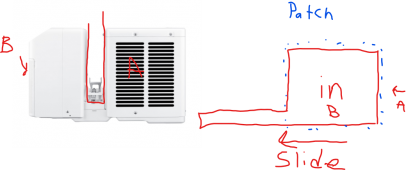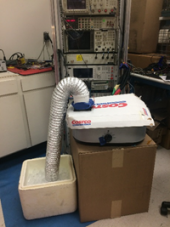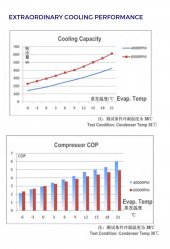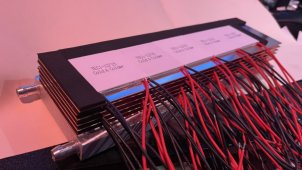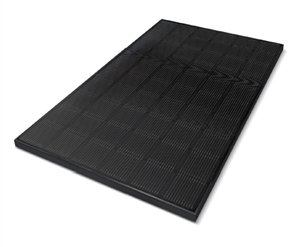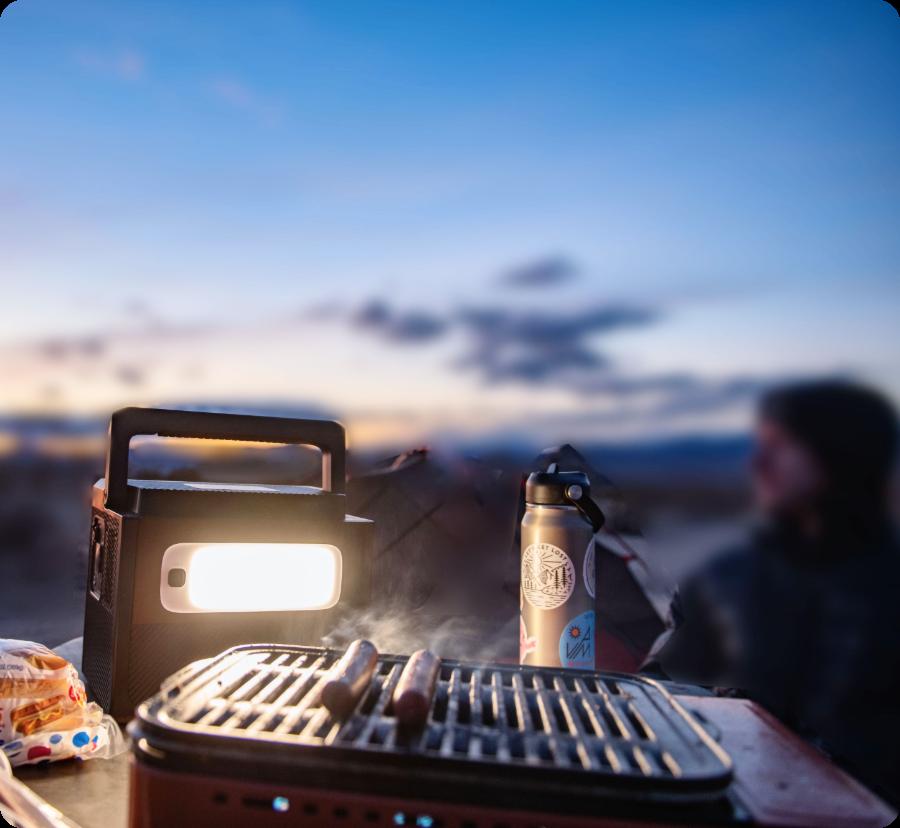There's other variables at play, what climate are you in? Are you in the desert where evaporative cooling is quite effective but requires a ready supply of water, or are you in hot / humid climates where you need active moisture removal? My personal suggestion is to use an inverter based AC unit, in particular the Midea 8k BTU U-style window unit. I have the same unit in my room that Will has in his. These AC units are awesome. These have a "special" feature in them as they use their condensation to sling water onto the condenser coils getting a little boost in performance that no other AC unit (outside of water slinging window units) can obtain. The best part of this is that you can boost performance on-demand, just dump in 20oz of filtered water.I've been diving deep into solving the temp control environment for vanlife. The biggest gripe of van and small space dwellers who want to live off grid is the struggle to keep their space a constant 70 degree temperature in their van or small space.
........
All AC units have curves showing their capacities. The hotter the inside and outside temps, the less cooling capacity they have. This plagues all units, there's no way around this. However, having a unit that can utilize condensate to hack the curves drastically changes things. Suddenly a 100 degree day isn't a 100 degree day for the AC unit that's able to utilize evaporative cooling on its condenser. It gets a huge bump in efficiency / capacity. You can apply this hack to other AC units by way of a mist system, but you must use filtered water to feed it as mineralization and bleach are bad for units. AC units that are simply on or off (traditional) don't really get a bump in power usage realm, just the frequency at which they turn on and off (saving total usage power, but not running power). For inverter units on the other hand, the computer will see it's doing a great job and can slow down the pump thus using less energy to produce the same amount of cooling.
The window units are gravity drained like all window units and need to have the rear lower than the front. Not drastically, but a condition that must be met at all times during operation. There's no easy inside (as of from the inside portion of the unit) way of adding additional water to them, but a 1/4" line could be run to them where you can periodically turn on water to fill its basin. As mine is a window unit, and the benefit of these as window units allows you to retain opening the window, I just open the window and dump in some water if I want a boost in capacity. I envision these being installed in-place and then closing in the pass through. (google midea U inverter ac if you're not sure what they are, and what I mean by closing it back up, see crude drawing attached)



